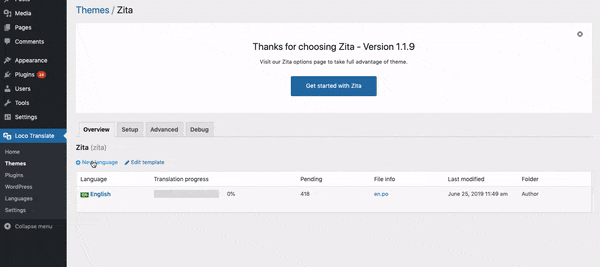

Īt the end of each phase, testing (including quality assurance) is performed to ensure that the product works properly and meets the client's quality expectations. Localization is sometimes written as 'l10n', where the number 10 refers to the number of letters between l and n. The localisation phase involves, among other things, the four issues LISA describes as linguistic, physical, business and cultural, and technical issues. The second phase, localisation, refers to the actual adaptation of the product for a specific market. Internationalization is often written as 'i18n' in the localization industry, where the number 18 is the number of letters between i and n in the English word.

In extreme cases, products that are not internationalised may not be localisable. If this content is not separated during this phase, it must be fixed during localisation, adding time and expense to the project. This process removes all cultural assumptions, and country- or language-specific content is stored so that it can be easily adapted. The first phase, internationalisation, encompasses the planning and preparation stages for a product built to support global markets. There are two primary technical processes that comprise globalisation: internationalisation and localisation. (based on a chart from the LISA website) For instance, different dialects of German, with different idioms, are spoken in Germany, Austria, Switzerland, and Belgium. Localisation can be done for regions or countries where people speak different languages or where the same language is spoken.

The localisation process is most generally related to the cultural adaptation and translation of software, video games, websites, and technical communication, as well as audio/ voiceover, video, or other multimedia content, and less frequently to any written translation (which may also involve cultural adaptation processes). Localisation can be referred to by the numeronym L10N (as in: "L", followed by the number 10, and then "N"). Language localisation differs from translation activity because it involves a comprehensive study of the target culture in order to correctly adapt the product to local needs. It is the second phase of a larger process of product translation and cultural adaptation (for specific countries, regions, cultures or groups) to account for differences in distinct markets, a process known as internationalisation and localisation. Language localisation (or localization, see spelling-differences) is the process of adapting a product's translation to a specific country or region. Translating the text in a program to a different tongue


 0 kommentar(er)
0 kommentar(er)
